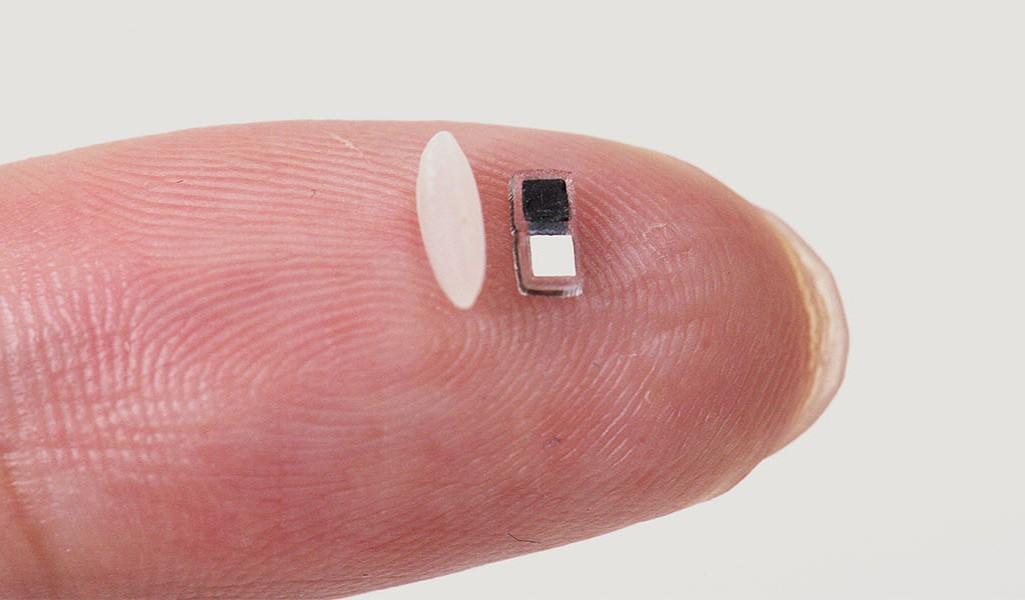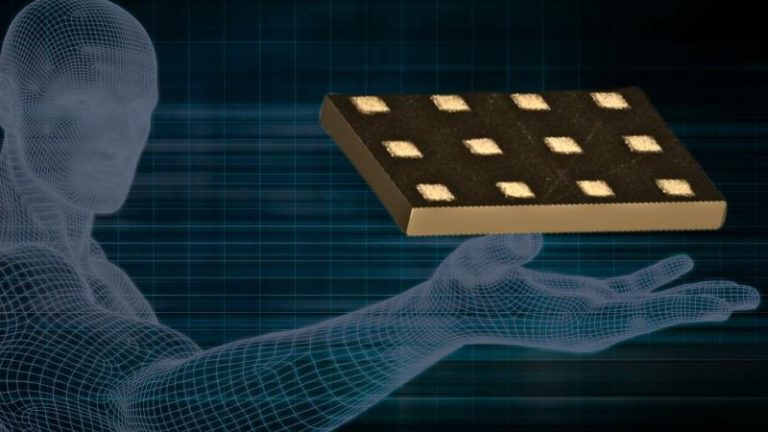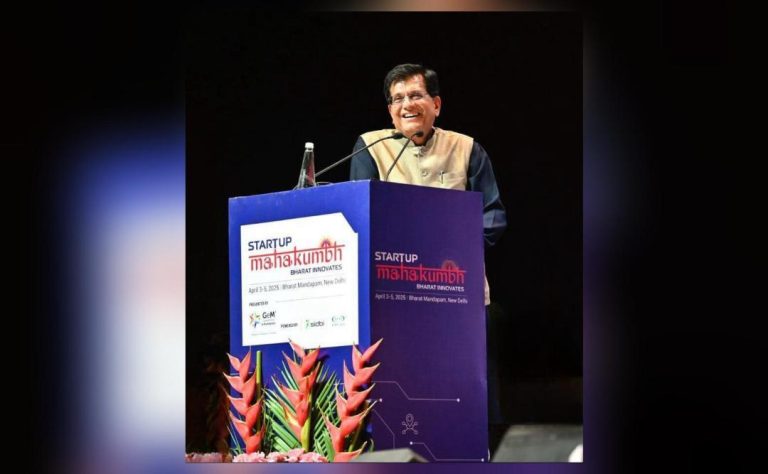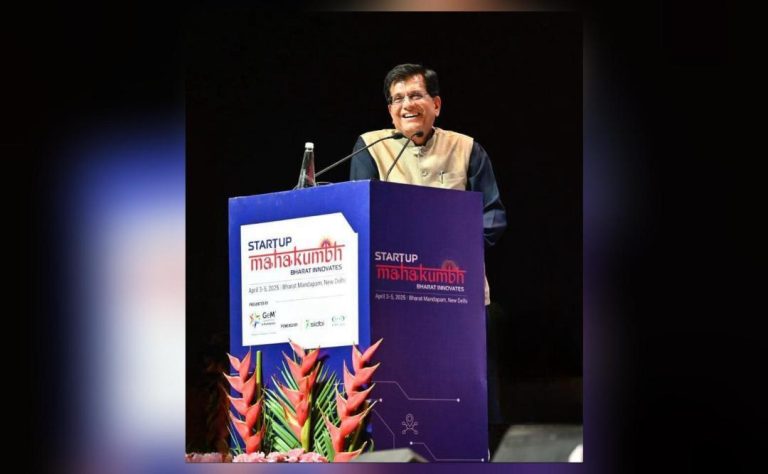
World’s Smallest Pacemaker, Smaller than a Grain of Rice, Made
In a groundbreaking achievement, Northwestern University engineers have developed a pacemaker that is smaller than a grain of rice. This revolutionary device can fit inside the tip of a syringe and can be non-invasively injected into the body. This minimally invasive approach makes it particularly well-suited to tiny, fragile hearts of newborn babies with congenital heart defects.
The pacemaker is paired with a small wearable device that mounts onto the patient’s chest to control pacing. This wearable device transmits electrical signals to the pacemaker, which then stimulates the heart to beat at a normal rate. The entire system is wireless, eliminating the need for surgical implantation of the pacemaker and reducing the risk of complications.
The development of this tiny pacemaker is a significant breakthrough in the field of cardiology, as it provides a new treatment option for newborn babies born with congenital heart defects. These defects occur in about 8 in 1,000 births and can lead to serious health problems if left untreated.
Traditionally, pacemakers have been large and bulky, requiring surgical implantation and a significant recovery period. This new pacemaker, on the other hand, is designed to be discreet and easy to use. The wearable device is small enough to be worn under clothing, making it ideal for newborn babies who require constant monitoring and treatment.
The pacemaker is made of a flexible, biocompatible material that is designed to withstand the rigors of the body’s internal environment. It is also equipped with sensors that monitor the baby’s heart rate and rhythm, allowing for real-time feedback and adjustments to be made as needed.
One of the biggest advantages of this new pacemaker is its ability to be non-invasively injected into the body. This eliminates the need for surgical incisions and reduces the risk of complications such as infection and bleeding. The pacemaker is also designed to be easily removable, allowing for the possibility of further treatment or surgery if needed.
The development of this tiny pacemaker is a testament to the innovative spirit of Northwestern University engineers. Their dedication to improving the lives of newborn babies with congenital heart defects is truly inspiring.
In conclusion, the world’s smallest pacemaker, smaller than a grain of rice, is a game-changer in the field of cardiology. Its non-invasive design and wireless technology make it an ideal treatment option for newborn babies with congenital heart defects. This breakthrough technology has the potential to revolutionize the way we treat these tiny patients, and we can only imagine the countless lives that will be saved as a result.






